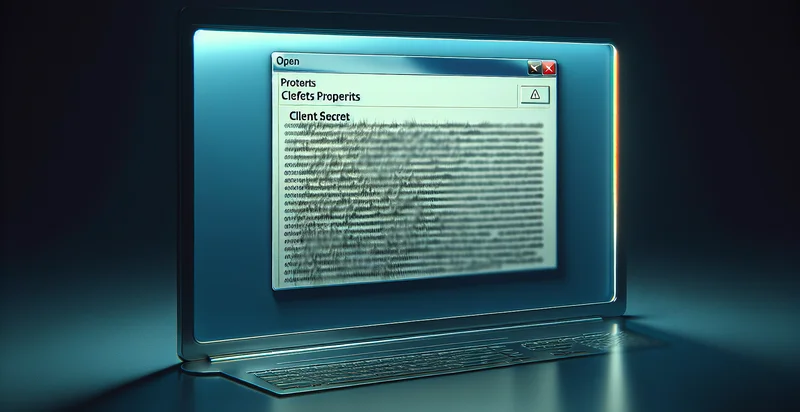Identify if client secret is in a backup file
using AI
Below is a free classifier to identify if client secret is in a backup file. Just input your text, and our AI will predict if the client secret is exposed - in just seconds.

Contact us for API access
Or, use Nyckel to build highly-accurate custom classifiers in just minutes. No PhD required.
Get started
import nyckel
credentials = nyckel.Credentials("YOUR_CLIENT_ID", "YOUR_CLIENT_SECRET")
nyckel.invoke("if-client-secret-is-in-a-backup-file", "your_text_here", credentials)
fetch('https://www.nyckel.com/v1/functions/if-client-secret-is-in-a-backup-file/invoke', {
method: 'POST',
headers: {
'Authorization': 'Bearer ' + 'YOUR_BEARER_TOKEN',
'Content-Type': 'application/json',
},
body: JSON.stringify(
{"data": "your_text_here"}
)
})
.then(response => response.json())
.then(data => console.log(data));
curl -X POST \
-H "Content-Type: application/json" \
-H "Authorization: Bearer YOUR_BEARER_TOKEN" \
-d '{"data": "your_text_here"}' \
https://www.nyckel.com/v1/functions/if-client-secret-is-in-a-backup-file/invoke
How this classifier works
To start, input the text that you'd like analyzed. Our AI tool will then predict if the client secret is exposed.
This pretrained text model uses a Nyckel-created dataset and has 2 labels, including Client Secret Found and Client Secret Not Found.
We'll also show a confidence score (the higher the number, the more confident the AI model is around if the client secret is exposed).
Whether you're just curious or building if client secret is in a backup file detection into your application, we hope our classifier proves helpful.
Related Classifiers
Need to identify if client secret is in a backup file at scale?
Get API or Zapier access to this classifier for free. It's perfect for:
- Data Leakage Prevention: This use case focuses on identifying sensitive client secrets that may be stored mistakenly in backup files. By implementing a text classification function, organizations can automatically scan backup files to flag any occurrences of client secrets, enabling prompt removal and reducing the risk of data breaches.
- Compliance Auditing: Regulatory compliance requires businesses to safeguard sensitive information, including client secrets. This text classification function can assist compliance teams by automatically reviewing backup files for client secrets, providing essential insights to ensure adherence to regulatory requirements and avoid potential fines.
- Incident Response: In the event of a security breach, rapid identification of compromised data is crucial. Utilizing the text classification function can help incident response teams quickly locate client secrets within backups, allowing for timely remediation and minimizing the impact of the data breach.
- Data Migration Safeguarding: When transferring data between systems, it’s important to ensure that client secrets are secure. The classification function can serve as a safeguard during data migrations by scanning backup files to identify and redact any sensitive information before the migration occurs.
- Internal Security Training: Organizations can leverage the findings from this text classification function to enhance their internal security training. By providing examples of instances where client secrets were found in backup files, teams can better understand the risks associated with mishandling sensitive information and improve handling practices.
- Automated Backups Monitoring: With the rise of automated backup solutions, monitoring them for sensitive information has become increasingly necessary. This text classification function can be employed to continuously monitor backup files for client secrets, ensuring ongoing protection against data exposure without manual oversight.
- Risk Assessment and Management: Understanding where client secrets are stored is vital for effective risk management. By implementing the text classification function, organizations can create a comprehensive map of locations where client secrets may reside within backup files, informing risk assessments and prioritizing security measures.


